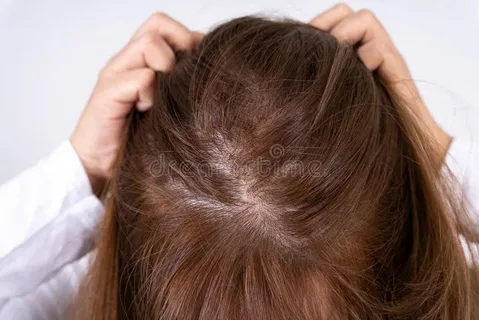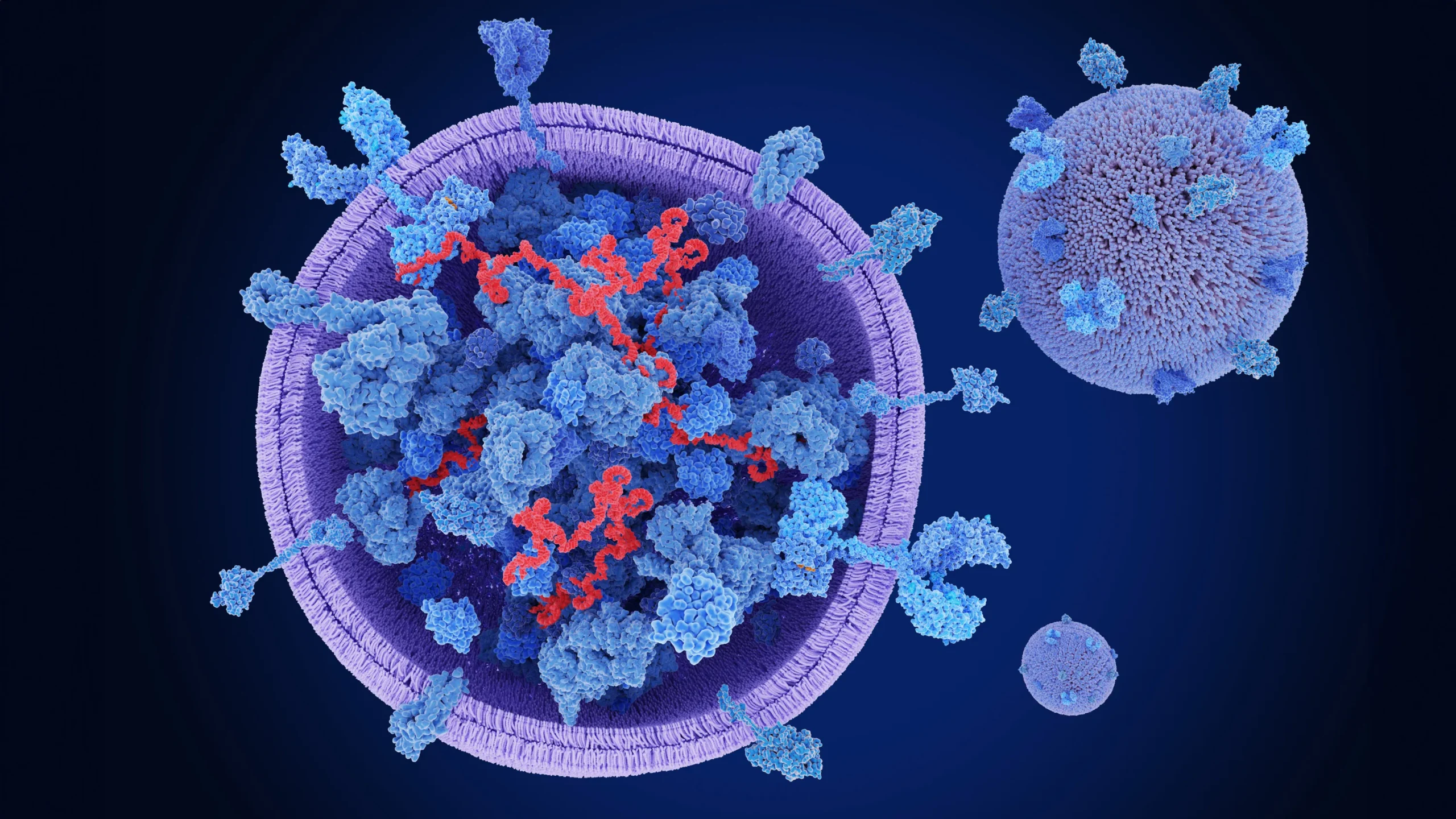Losing hair can feel like losing a part of your identity—and figuring out where to start can be confusing. A hair loss practitioner is a trained specialist who helps diagnose scalp issues and creates personalized plans using therapies like minoxidil, low-level laser, and nutrition support. In this guide, you’ll learn what to expect from a …
Losing hair can feel like losing a part of your identity—and figuring out where to start can be confusing. A hair loss practitioner is a trained specialist who helps diagnose scalp issues and creates personalized plans using therapies like minoxidil, low-level laser, and nutrition support.
In this guide, you’ll learn what to expect from a practitioner, how to choose the right one, and what real recovery looks like—so you can take the first confident step toward regrowth.
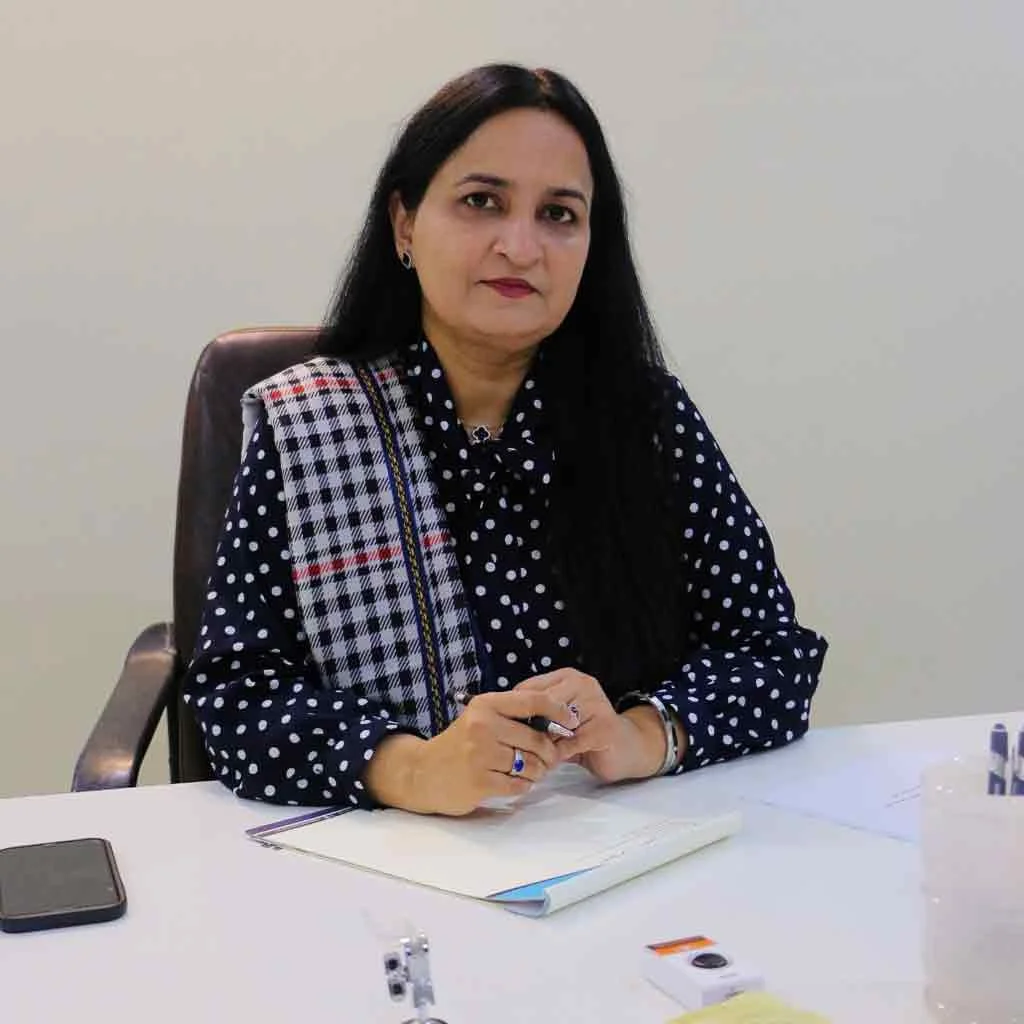
What Is a Hair Loss Practitioner (Trichologist)?
A hair loss practitioner, also known as a trichologist, focuses on the science of the scalp and hair. Unlike dermatologists who treat skin more broadly, trichologists specialize in hair health.
Definition and Scope
Trichologists assess scalp conditions, hair texture, growth cycles, and external triggers. They help identify patterns like:
- Thinning
- Breakage
- Bald patches
- Scalp sensitivity
Trichology vs. Dermatology vs. Cosmetology
| Practitioner Type | Focus | Suitable For |
|---|---|---|
| Trichologist | Hair/scalp disorders only | Chronic hair loss, scalp irritation |
| Dermatologist | Skin, hair, nails | Medical conditions (psoriasis, infections) |
| Cosmetologist | Hair styling, aesthetics | Haircuts, coloring, temporary solutions |
Credentials and Certifications
A reputable hair loss practitioner should have:
- Certification from institutions like the International Association of Trichologists (IAT)
- Clinical experience or referrals from dermatologists
- Updated knowledge of non-surgical therapies.
How They Diagnose Hair Loss
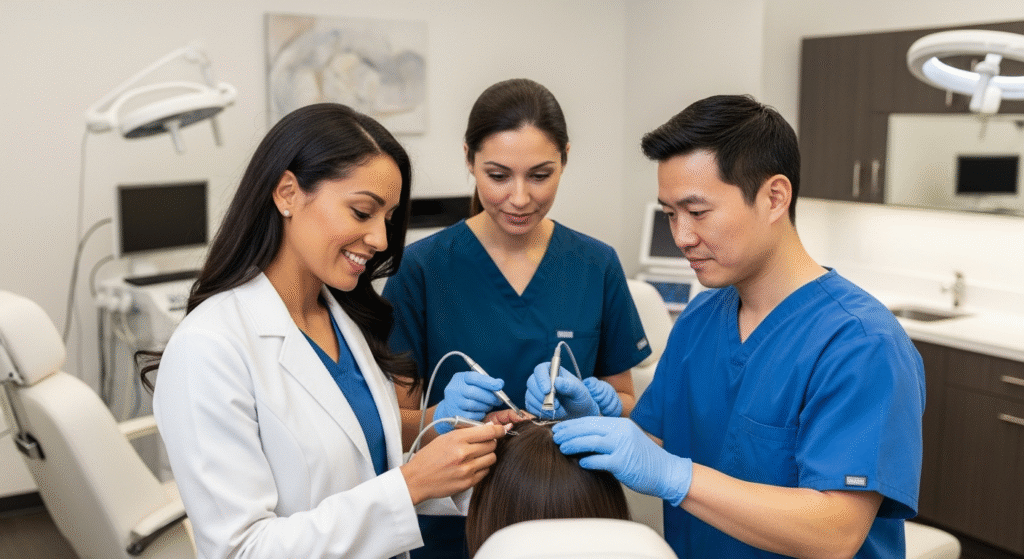
Hair loss isn’t one-size-fits-all. Practitioners use a step-by-step process to uncover the root cause.
Initial Consultation
Expect:
- Full hair history
- Medical background discussion
- Scalp examination using magnification tools
Diagnostic Tools
- Trichoscopy: Scalp imaging to see follicle patterns
- Blood Tests: Identifies nutrient deficiencies, thyroid imbalance, or hormonal shifts
- Hair Pull Test: Evaluates shedding patterns
Differentiating Hair Loss Types
- Androgenetic alopecia: Hereditary thinning
- Telogen effluvium: Stress/nutrient-induced shedding
- Alopecia areata: Autoimmune patchy loss
Personalized Treatment Options according to Hair Loss Practitioner
There’s no universal fix for hair loss—but practitioners design targeted treatments based on the diagnosis.
Topical Therapies
- FDA-approved minoxidil
- Natural DHT blockers (pumpkin seed oil, rosemary extract)
- Corticosteroid lotions for inflammatory scalp issues
Medical Treatments
- Low-dose oral minoxidil (off-label)
- Finasteride (for male-pattern baldness)
- Biotin, iron, and vitamin D supplements
In-Office Procedures
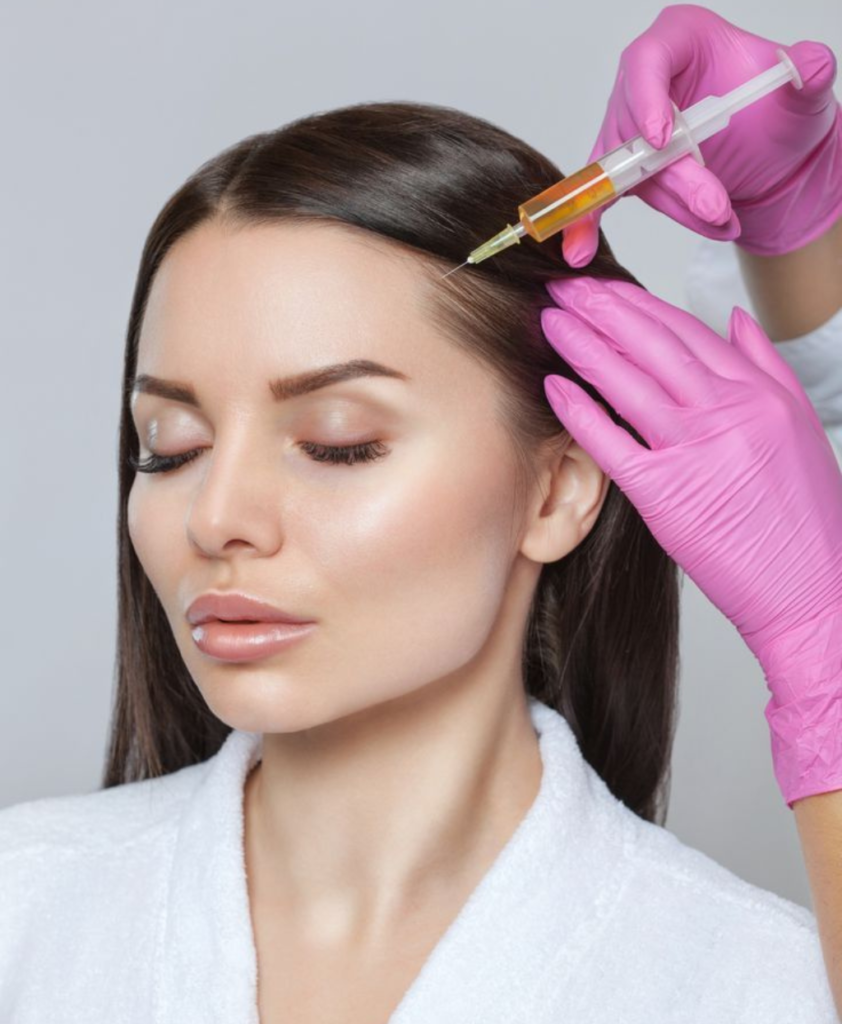
- LLLT (Low-Level Laser Therapy): Stimulates follicles using red-light
- Microneedling: Boosts product absorption
- PRP (Platelet-Rich Plasma): Uses your own blood to regenerate growth
Lifestyle Support
- Nutritional plans for iron/zinc/B12 levels
- Stress management: sleep, mindfulness
- Haircare routine adjustment: switching harsh products, reducing heat tools
Emerging Therapies
- Stem cell-based solutions
- Scalp micrografting
- Microneedle drug patches (in testing)
Realistic Recovery Timeline
Hair regrowth is a gradual process. Here’s a general outlook:
| Month | What Happens |
|---|---|
| 0–1 | Diagnosis, lifestyle changes, start treatment |
| 2–3 | Possible increased shedding (normal “shedding phase”) |
| 4–6 | Noticeable changes in thickness, reduced shedding |
| 7–9 | Visible regrowth in targeted areas |
| 10+ | Maintenance phase, continued improvements |
How to Choose the Right Hair Loss Practitioner
Use this checklist during your search:
- Are they certified in trichology?
- Do they conduct diagnostic tests (not just visual)?
- Do they personalize your plan?
- Do they offer non-invasive therapies?
Questions to Ask from Hair Loss Practitioner
- How many patients with my condition have you treated?
- What treatments do you recommend and why?
- Are there side effects?
- What’s the expected cost and duration?
FAQs
Q1: What’s the difference between a trichologist and dermatologist?
A trichologist focuses on non-medical scalp issues; dermatologists handle medical skin conditions.
Q2: How much does a consultation cost?
Usually between $50–$150, depending on location and services offered.
Q3: Will treatment affect other medications?
Always disclose current meds—some hair treatments may interact with blood pressure or hormonal drugs.
Q4: Are results permanent?
Maintenance is key. If treatment stops, some conditions may return, especially androgenetic alopecia.
Q5: Can I see results in 1 month?
No—most treatments take 3–6 months to show noticeable improvement.
Call to Action
Book a consultation with Dr. Uzma Irfan, an ISHRS-certified surgeon in Islamabad today to start your personalized hair recovery journey.
Our clinic offers advanced diagnostics, expert-guided care, and real progress you can track.

